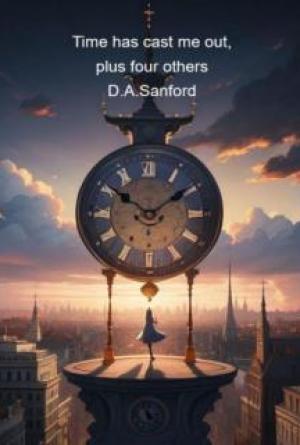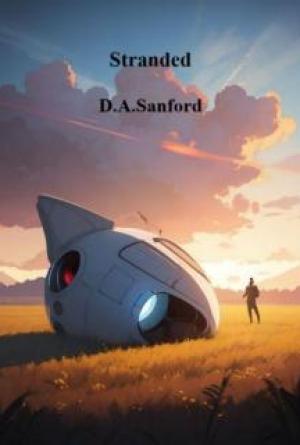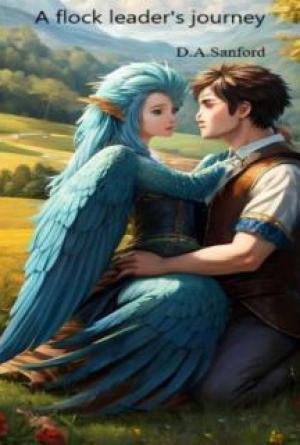CHAPTER XLV
CONCLUSION
ALTHOUGH very much more could be written on this interesting subject, yet there is a limit to all things, and we come now to the end of this little book.
If you did not know or care much about bees when you began Chapter I., I hope that what you have read will help you to understand something about these wonderful insects. The study of parts of their bodies, or Anatomy, as it is called, teaches us a great deal, and helps us to understand all the more clearly how they perform the duties of the hive, and how they collect their food.
Although the wonders of the hive, the combs, their building and design, the different workers and their duties, are marvellous, yet the ways of the bees themselves are far more wonderful, and we cannot fully understand them. It is not known at the present time whether the bees are able to think and reason, or whether they simply do these things by instinct. This alone is a great subject, and one on which there have been endless discussions among the cleverest scientists in the world, and yet we get no nearer the truth.
If you are not able to study the habits of the bees in the hive, there is nothing to prevent you from watching them when they are at work in the garden or hedgerow. It is always very pleasant to hear the happy song of the foragers on a summer afternoon as they flit from flower to flower on their task.
The study of flowers, or Botany, is most interesting, especially when considered in relation to insects. It was not till comparatively recent years that it was found they were connected; but one day a young German botanist, called Sprengel, happened to notice some tiny hairs growing in the centre of a wood-geranium. He determined to find out what purpose these hairs served, and ultimately proved that they protected the nectar of the little flower from the rain. From this apparently trivial discovery it was found that most plants were fertilised by insects. It seems almost as though Nature had intended flowers and insects to fit in with each other, and it is very wonderful to think of this when we remember that they belong to two different kingdoms. A great deal has yet to be learned about bees and flowers, for there are all sorts of curious devices in flowers which we do not yet understand. It is important to remember that the bees do not know that they are fertilising the flowers, for they only think of collecting nectar, and carry the pollen from one plant to another quite accidentally.
Always remember that a bee will not sting you unless it is annoyed, or unless you hurt it. If it does sting you for this reason, do not kill it, for it is only doing what it has a right to do, although it may be a painful right! I knew some boys who used to spend Saturday afternoons seeing who could kill the most bees. One day they ran to me and told me that they had actually killed 172 bees between them. Of course I told them how cruel I thought they were, but they had never thought of it in this way, and after I had shown them one of my hives and explained a few of the wonders of the bee-city, they said how sorry they were, and you may be sure they have never killed a bee since.
THE END







